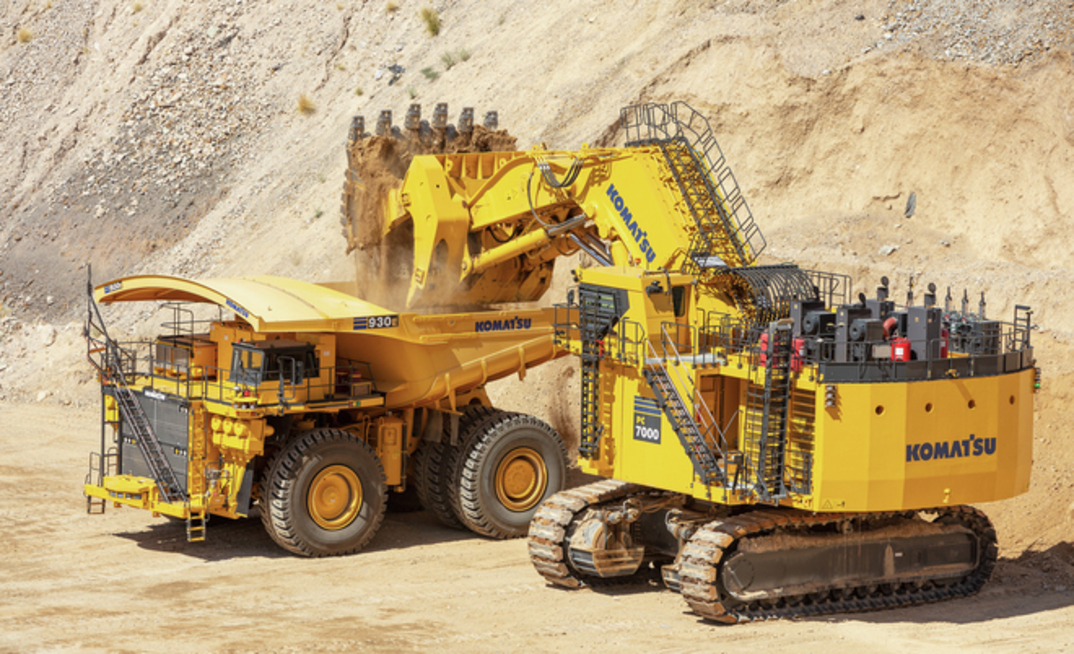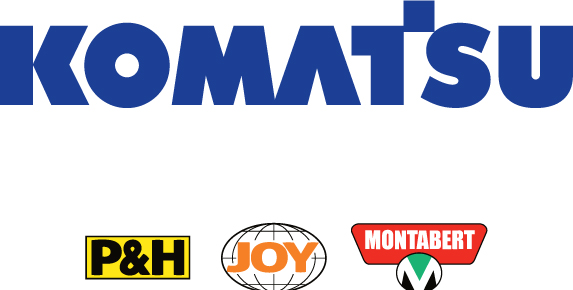In a hazardous work environment such as a mine, physically removing workers from the site will naturally reduce safety incidents. Indeed, there have been zero injuries related to autonomous haul trucks since AHS was first commercialized by Komatsu in 2008.
While recent data is hard to come by, a 1999 U.S. Bureau of Mines study of safety incidents at coal mines found almost 85% of coal-mining accidents were at least partially attributable to human error. During long shifts, even the best truck drivers become prone to fatigue, distraction, inattention, and other physical and mental states that cause error. The predictability of AHS also builds greater trust and confidence within organizations, leading to better outcomes.
If we think about the hierarchy of controls designed by the U.S. National Institute for Occupational Safety and Health, AHS checks off the first four rungs. It physically removes error-prone humans operating heavy equipment; substitutes humans driving the truck with a more-predictable autonomous system; isolates people (again, the human operators) from the direct risks associated with the operation of heavy equipment; and, by moving people off-site, AHS changes the way people work, placing them in A control room.
An additional safety benefit is that operator-to-operator interaction is replaced with operator-to-system interaction. During site visits, Komatsu has learned that digger operators feel safer working alongside autonomous trucks, especially during night shifts, because they know the trucks will back into the same spot every time without conducting multiple sequences. Inversely, truck operators that are physically absent from the mine site are at no risk from reckless behavior by colleagues - such as a loader operator dumping rocks too roughly into their haul truck, which can cause neck injury.
Aside from the obvious physical safety benefits of AHS, there are unintended mental health benefits. As mining companies set up control centers in urban centers such as Perth, Edmonton and Santiago, this reduces the number of people flying in and out of two-week shifts in harsh, remote locations. Control room workers have told Komatsu first-hand how easy their lives have become by being able to return home every night to their families and not having to worry about long commutes.
In a manual operation, there is over-reliance on drivers to report (or not report) near-misses or potential incidents. With FrontRunner, the system records and plays back incidents - enabling the mine operator to continually review and improve safety practices. An unintended benefit of having operators sit alongside each other in one control room is that if a safety incident occurs, they can all review it together. Finally, the system also gives Komatsu visibility into safety incidents at customer's mine sites, which we regularly leverage to enhance the safety of products and processes globally.
ABOUT THIS COMPANY
Komatsu
HEAD OFFICE:
- 4400 W. National Ave, Milwaukee, Winconsin 53214-3684, USA
- Phone: (414) 671-4400
- Web: mining.komatsu


























